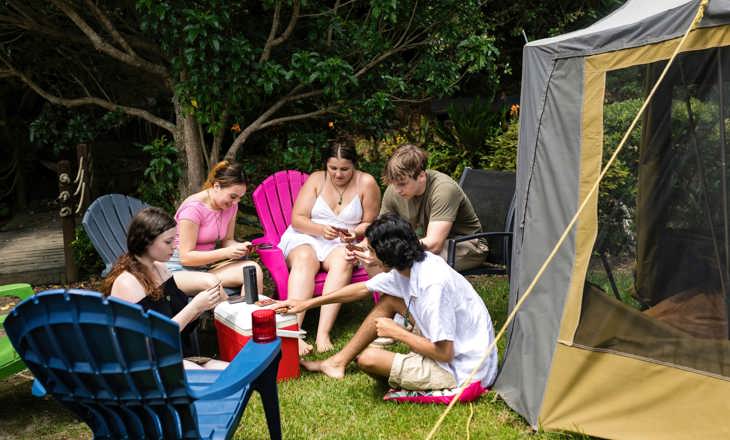Rangatahi peer crowds
Rangatahi peer crowds

Sport New Zealand has produced a report to support the active recreation and sport sectors to provide quality opportunities and experiences that meet the needs, wants and aspirations of rangatahi across Aotearoa.
The peer crowds research goes beyond demographics to offer a deeper understanding of rangatahi. These insights can help us think differently about how we work with rangatahi to improve the opportunities and experiences we offer.
What are peer crowds?
‘Peer crowds’ are broad groupings of young people who share similar behaviours, values and norms (creating distinct youth cultures).
Through interviews and focus groups, rangatahi were asked to sort photos of other young people into friend groups and describe what defined each group. They also shared which groups they personally identified with. These insights helped us to update the original 2016 New Zealand Peer Crowds report, created by the Rescue Agency and Te Puna Whakaiti Pāmamae Kai Whakapiri NZ Drug Foundation.
What the research tells us
The research highlights the diversity of rangatahi in Aotearoa. It groups rangatahi into two broad categories, Teenagers (12-18 years) and Young Adults (18-25 years). Within each category, the main peer crowds have been identified:
- Teenagers: Popular, Mainstream, Roots and Resilience, Alternative and Rural.
- Young Adults: Partier, Mainstream, Roots and Resilience, Alternative, Young Professionals, Tradies and Outdoorsy.
Each peer crowd has different values, interests and activities. You can find out more about each peer crowd in the full report.
To build on these insights, we are incorporating the peer crowd groupings into the Active NZ survey. This will help us to understand the size of each peer crowd and their attitudes towards physical activity.
Who is this report for?
This report is for anyone interested in gaining a deeper understanding of diverse groups of rangatahi across Aotearoa. It may be particularly useful for:
- Active recreation and sport providers who want to tailor advertising, messaging and programmes, and better engage rangatahi.
- Instructors, coaches, mentors and teachers who work directly with rangatahi.
- Organisations focused on youth development and wellbeing.
- Researchers seeking insights into rangatahi and their physical activity behaviours.
Peer crowds research in action
The Rescue Agency provides a good example of how peer crowds research can be used in practice. In the United States, this approach is used to help prevent tobacco use among high-risk teens by tailoring health messages to resonate with a specific peer crowd. View the case study.
